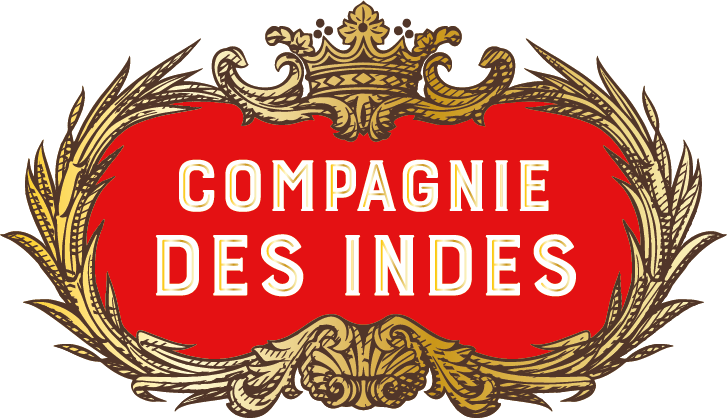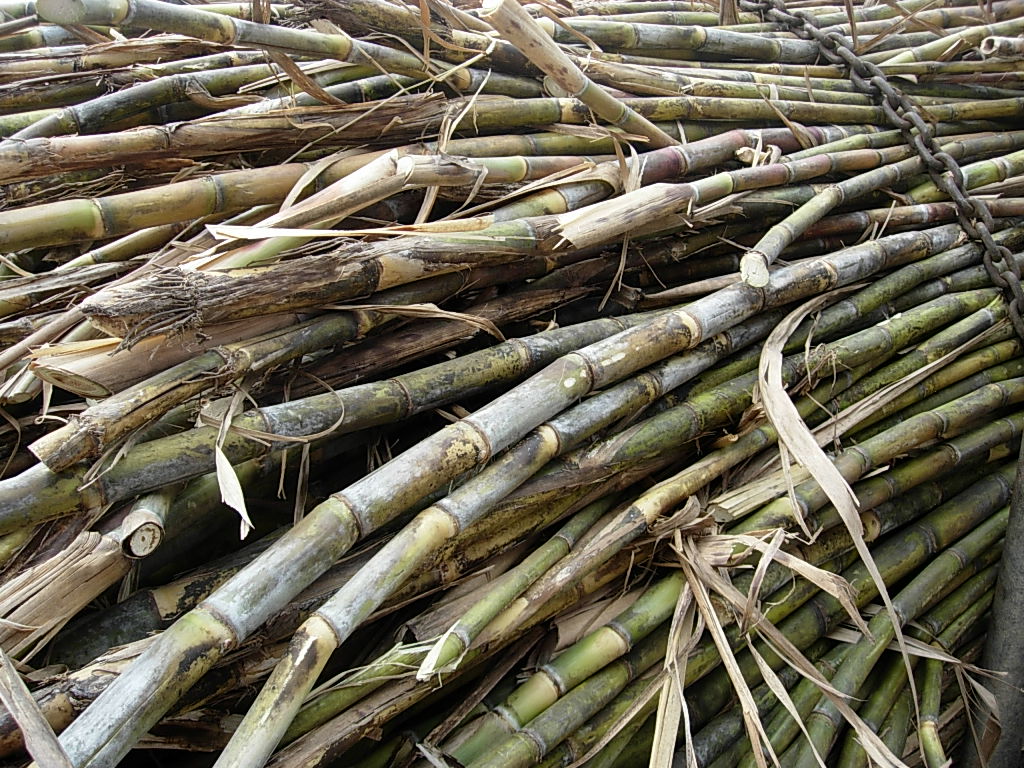 Nicolas, rum aficionado for over twenty years, is constantly looking to broaden his rum culture by tasting, studying its history, techniques and pretty much anything to do with his favourite spirit. This led him to write his own blog (cœur de chauffe), but also write for others, and more recently to import some of his absolute favourites, always with this idea of sharing his passion.
Nicolas, rum aficionado for over twenty years, is constantly looking to broaden his rum culture by tasting, studying its history, techniques and pretty much anything to do with his favourite spirit. This led him to write his own blog (cœur de chauffe), but also write for others, and more recently to import some of his absolute favourites, always with this idea of sharing his passion.
Pure cane juice has probably been distilled ever since cane sugar and stills met, this clearly took place long before the discovery of America. Portuguese experimented quite a bit, in their Atlantic Ocean colonies, then later in Brazil with cachaça.
Agricole rhum’s birth
The history of Agricole rhum as we know it today is rather a short one, it began in the early 1800’s.
A time when Napoleonic wars were causing blockades of the French Caribbean by the English. The old continent ends up deprived of sugar and starts turning to extracting sugar from sugar beets. This industry grows so much so that Europe becomes independent sugar-wise, and Antilles producers end up left with tons of cane in the mid XIXth century.
At the time rum is usually made from molasses, a by-product of the manufacture of sugar, but a pure cane juice rum known as « rhum z’habitant » is also occasionally distilled. Sugar plantations’ managers thus decide to generalise this practise, especially since the extracting sugar step is no longer required.
They quickly find out that this change is a good one as it significantly improves the yields of eau-de-vie. Indeed, cane juice contains a lot more fermentable sugar than molasses, and the introduction of column stills improves the yields still further. Whereas a lot of factories had to shut down, those that made the shift to rum which came to be known as « Agricole rhum» survived.
Terroir, Agricole’s field of expression
Agricole distinguishes itself by its vegetal side, similar to cane juice. It shares its freshness, peppery notes from the cane juice’s fibre, it also has citruses aromas. Obviously, it can have a wide range of aromas, from ripe fruits to earthy notes, depending on the fermentation or distillation techniques used, but also depending on its terroir.
The notion of terroir is very important when speaking of Agricole rum. As with wine, where varietals aren’t anything without its terroir, the type of cane has less of an impact than where it grew.
Thus, a very dry piece of land will yield a very different type of rum than another closer to the seaside for instance. Distilleries such as Longueteau in Guadeloupe have highlighted these differences by offering rums from the same type of sugar cane but from different pieces of land, and the contrasts are very interesting.
Organic farming, which is slowly growing in the French Antilles, also shows the impact of terroir on rum. Distilleries which have made this experiment have found that it produces expressions very different from their standard references.
If a similar notion of terroir also exists for molasses rums, because the distillery’s environment has an influence on the final product, it is more striking in Agricole rums. The cane’s maturity, it’s high sugar content, cutting and grinding techniques are all factors which will not be as distinctive in a molasses rum.
Agricole’s stakeholders
Today pure cane juice rums are produced all over the world, from Polynesia to South-East Asia, but also South Africa, Mexico or even the USA.
Rums of Martinique, Guadeloupe, French Guyana, Reunion, and Madeira however, benefit from the appellation « rhum agricole » under European regulations. Martinique is at the forefront of the category, with an AOC obtained in 1996.
Some pure cane juice eaux-de-vies also kept their local names such as the Brazilian cachaça, Cap-Vert’s grogue and Haïti’s clairins.
Rhum agricole represents only 2 to 3 % of the global production. It is nonetheless an essential part rum culture’s history, and understanding its unique character is key to thorough knowledge of cane eaux-de-vies.
In France we are lucky special access to this category, as it played an important part many times in our history. Rhum agricole is seen as standard for most French people, being so easily available. One doesn’t necessarily realise the quality level required.
Many amateurs all over the world envy us this supply and quality, all the more since today productions achieve unprecedented high standards.




